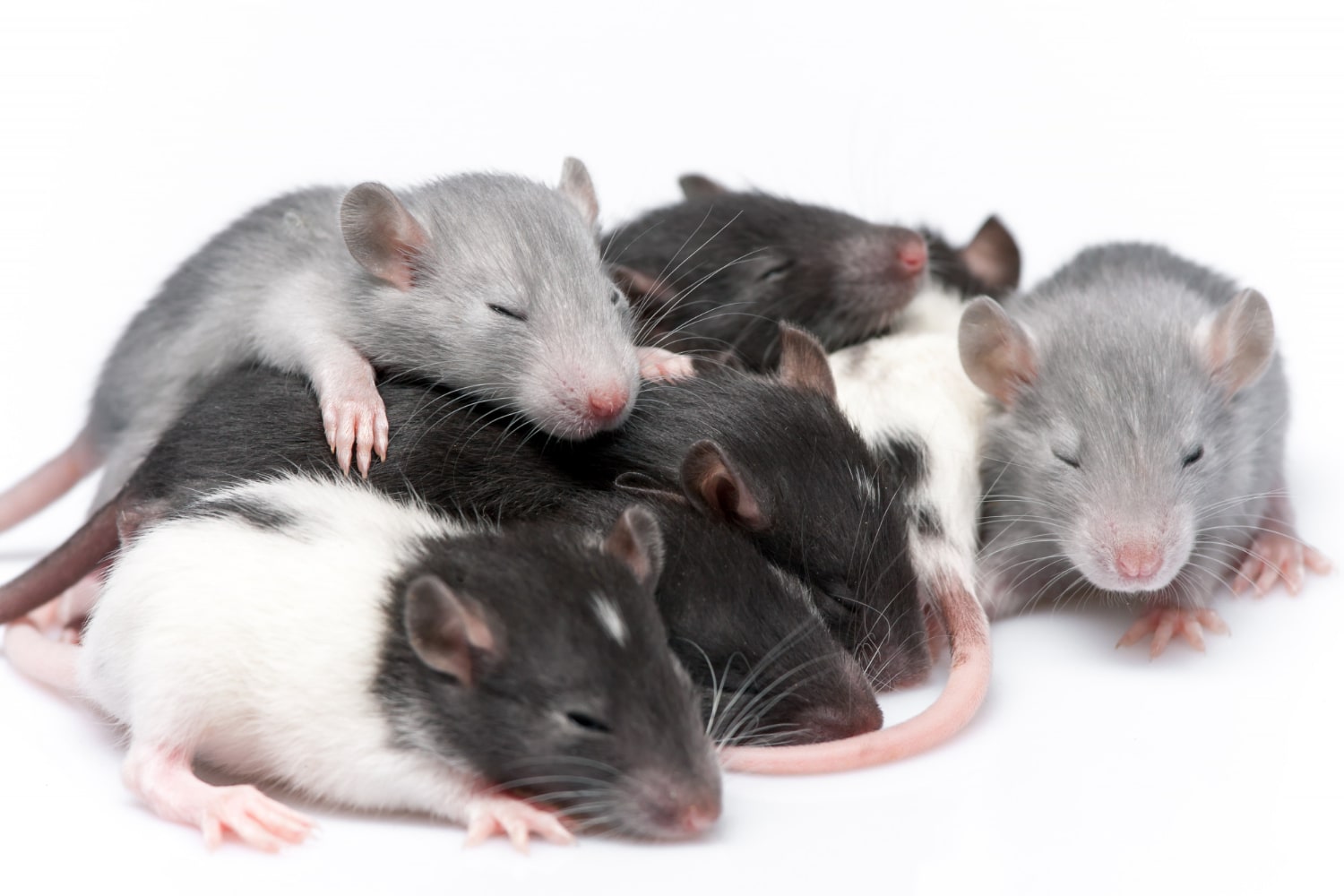Rats are among the most widespread mammals on the planet, capable of surviving in almost any environment, from dense forests to bustling urban centers. Often misunderstood and underestimated, these creatures are surprisingly intelligent, social, and adaptable. Their complex behaviors, communication skills, and unique physiological traits make them subjects of fascination in both science and popular culture. If you thought rats were just common pests, these interesting facts may change your perception. Here is a collection of captivating facts about rats that you might not have known.
- Rats are highly intelligent and capable of solving complex problems and learning from experience. Scientific experiments have shown that they can navigate mazes and remember difficult sequences of actions. Their brains function in a way that is surprisingly similar to human brains, making them valuable in neurological studies. This has made rats indispensable in medical and psychological research.
- Some rats are capable of laughing, though humans cannot hear these sounds without special equipment. They emit high-frequency ultrasonic chirps during play and social interaction, which suggests they experience emotions and companionship. This points to a rich emotional life that is often overlooked. Rats may be more emotionally aware than many people realize.
- Rats can survive longer without water than camels. Their bodies are designed to extract moisture from food and conserve water efficiently through metabolic processes. This makes them extremely resilient in dry and harsh conditions. Such an adaptation has allowed them to thrive in sewers and arid regions alike.
- A rat’s tail serves multiple purposes, such as regulating body temperature and maintaining balance. Through their tails, rats release excess heat, which is especially useful in warm climates. It also helps them climb and move through narrow spaces. This evolutionary trait significantly enhances their survival.
- Rats are very social animals and form complex social groups with clear hierarchies. They can recognize each other by scent and develop long-term relationships. They also exhibit altruistic behavior and even mourn the loss of fellow rats. Their social dynamics are in some ways comparable to those of primates.
- Rats possess exceptionally keen senses, particularly smell and hearing. These allow them to find food, avoid danger, and navigate their surroundings with great efficiency. In some countries, rats are trained to detect landmines and diseases like tuberculosis. Their abilities are now being used in humanitarian and health-related missions.
- A rat’s teeth grow continuously throughout its life, so they must gnaw constantly to keep them from overgrowing. Without chewing, their teeth can become so long that they may pierce their skulls. This explains their tendency to gnaw on wood, concrete, plastic, and even electrical wiring. It’s one of the reasons they’re considered urban nuisances.
- Rats are excellent swimmers and can tread water for long periods, even swimming several kilometers without rest. They are known to live in sewer systems and can enter homes through toilets. Their aquatic abilities make them particularly difficult to keep out. This contributes to their presence in nearly every corner of the world.
- Rats demonstrate empathy and are known to help others even when they gain nothing in return. In scientific studies, rats have freed other rats from cages instead of focusing solely on themselves. This behavior reveals a capacity for concern and moral choice. It challenges traditional views of animal consciousness.
- Rats are widely used in biomedical research because their DNA is about 90 percent similar to human DNA. They play a vital role in developing medicines, testing treatments, and studying diseases. Many scientific breakthroughs would not have been possible without rats. Their contribution to science is immense and often underappreciated.
- Despite popular belief, rats are very clean animals. They groom themselves constantly and tend to avoid dirty areas when given a choice. If a rat stops grooming, it may indicate illness, which is used as a sign in laboratory settings. This self-awareness reflects a level of intelligence and health maintenance.
- In some cultures, rats are considered sacred or symbolic. In India, for example, the rat is the mount of the god Ganesha and is worshipped at the Karni Mata temple. Thousands of rats live in this temple and are protected and fed by devotees. This shows how cultural context can shape our view of animals.
These fascinating facts reveal just how complex and remarkable rats truly are. Their adaptability, intelligence, and social structures make them stand out among mammals. Understanding their capabilities can help shift public perception from fear to appreciation. Whether in science, culture, or nature, rats continue to surprise and inspire curiosity.





